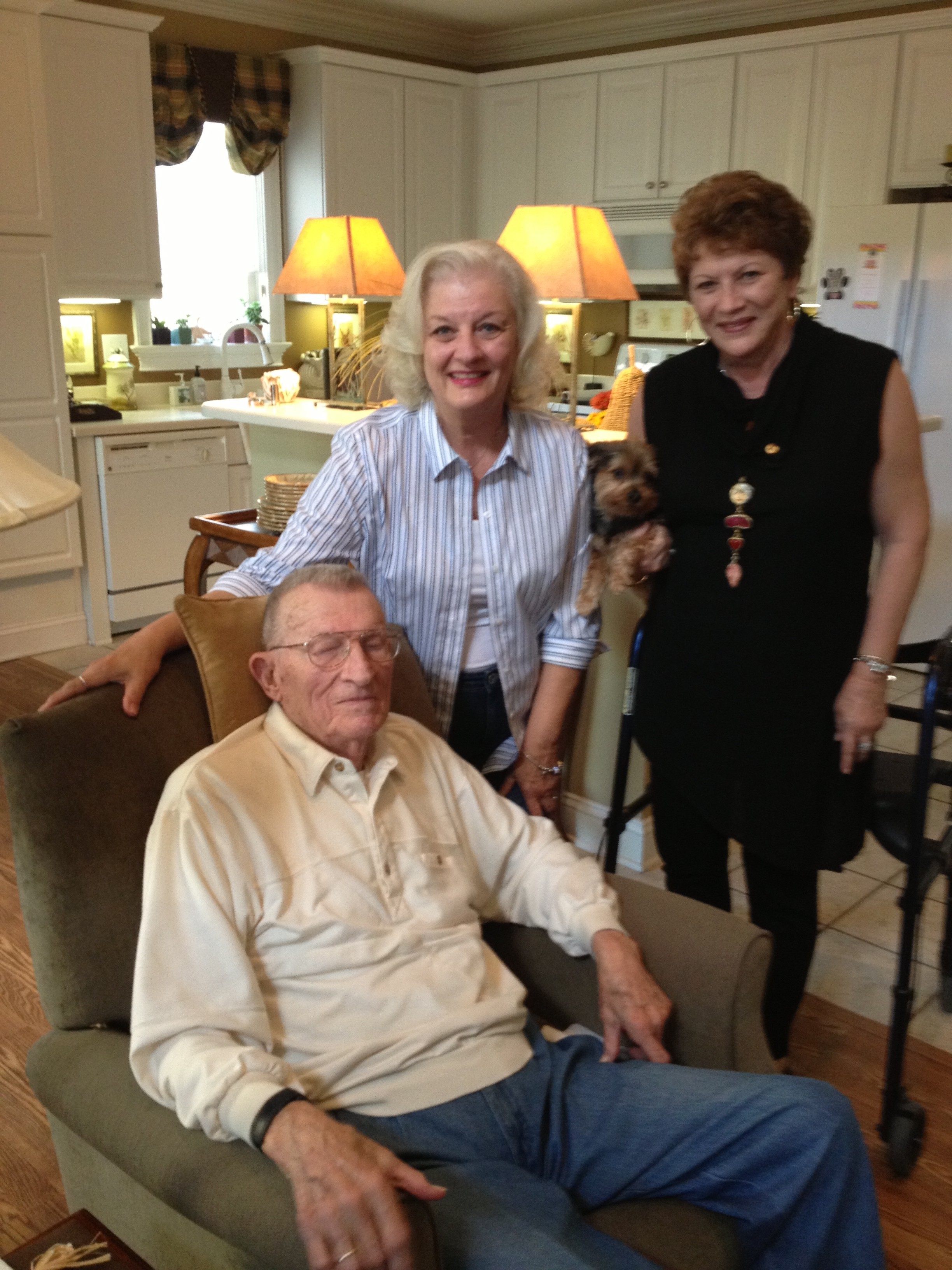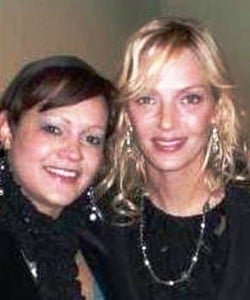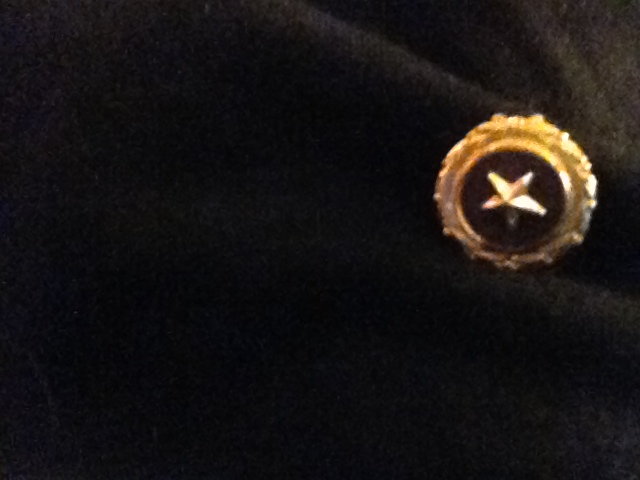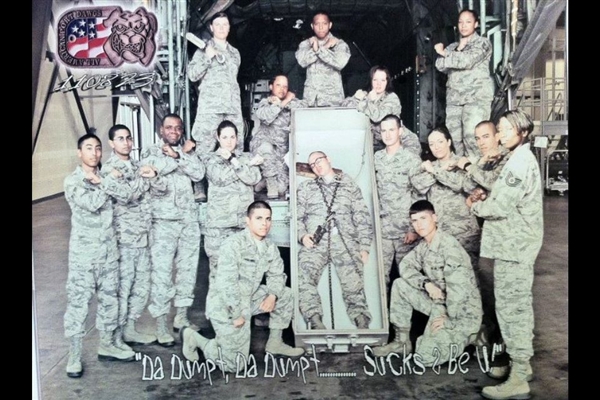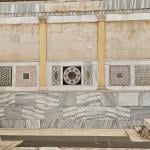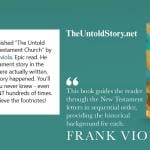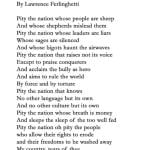 His wife and other Gullah ladies made the quilt, Andrew Rodrigues said. It was on display for many months at the White House — a tribute to Michelle Obama.
His wife and other Gullah ladies made the quilt, Andrew Rodrigues said. It was on display for many months at the White House — a tribute to Michelle Obama.
I happened upon Rodrigues (that’s Portuguese, not Spanish) on Pawleys, where he is the museum director to family collection of Gullah history.
Inside the three-room building, just off Highway 17, Andrew offers visitors a plastic chair. Storytelling takes time.
“How much of it you got?” he asks.
Enough to hear the story of how the Gullah women got together to make the quilt depicting the history of Michelle Obama’s ancestors.
Her great-great grandfather, Jim Robinson, worked a plantation — Georgetown’s Friendfield. That’s Robinson’s wife depicted in the second square on the left. She’s gathering her tools for harvesting the rice.
Sweaty work that, bending over in the rice fields in the lowlands of South Carolina. A person has to have a strong back and arms to do such work.
That’s something Jim’s son Fraser didn’t have — strong arms. He’d lost one when he was not yet a teen. The story is that a tree limb fell on the young boy’s arm and it got infected. They say that the cockleberry ground up and rubbed into a wound can keep a burn from wrinkling so much but whatever the cure was for healing an infected arm didn’t take. The only way they could save Fraser was to cut the boy’s arm off. So that’s what they did.
A one-armed boy wasn’t much use as a slave in the rice fields. So the owner of the plantation asked Jim if his boy could come live at the big house. He had kids about the same age. Jim agreed.
It was there, at the big house, that the young Fraser learned to read and write — an illegal act, you know. It was against the law in South Carolina to teach a black child how to read or write but somebody taught Fraser anyway. Imagine breaking the law just because your child learns to read. This, Rodrigues explained, was the beginning of the revolution for the Robinson family: “It wasn’t enough to get an education — Fraser said a person needed to get an excellent education.”
Rodrigues got his own education. He has a couple of degrees — one in chemistry, and a law degree. He worked for many years as a labor attorney in big swanky offices in Boston. He’s even been inducted into South Carolina State’s Sports Hall of Fame — for his days at a track star. He won’t tell you about all that, though, unless you ask.
I did after eyeing a newspaper clipping almost hidden behind a glass case holding artifacts of African and Gullah history.
Around Pawleys Rodrigues and his wife Bunny are considered the go-to historians on Gullah/Geechee culture. The 75-year-old holds up a grass doll and explains how the Gullah children learned first to braid grass before they did hair.
“And some of the boys could do it as well as the girls,” Rodrigues said.
He doesn’t pose much for pictures but he obliged me all the same.
Being gracious is the Gullah way.


